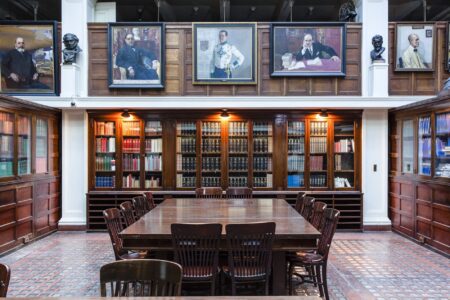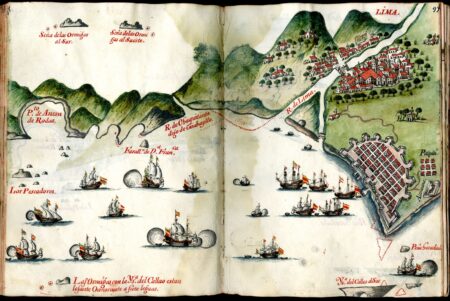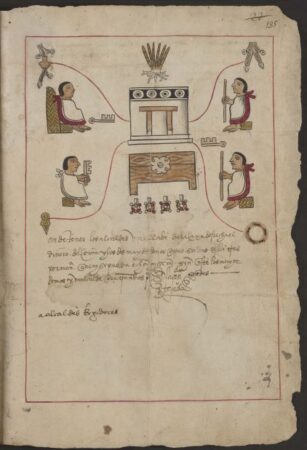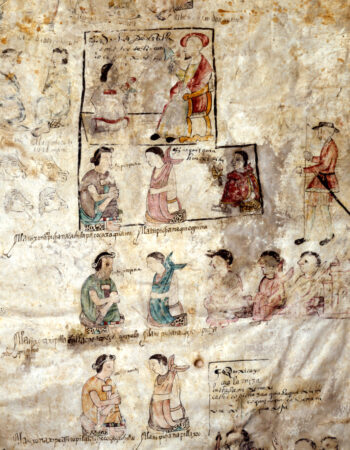Modern Library

In keeping with the Hispanic Society’s mission, the library’s collection covers Spanish and Latin American history, art, and literature as well as containing extensive material on Portuguese, Indo Portuguese, and Philippine culture.
The Modern Library holds over three hundred thousand monographs printed after 1830 and about one thousand five hundred periodical titles, making the library one of the most important centers for research on Spanish, Portuguese and Latin American art, history and literature in the United States. It is particularly strong on Spanish Golden Age history and criticism and also has a considerable number of editions and studies on both Don Quixote and La Celestina. Among its treasures, there are first editions of works from the 19th and early 20th centuries, especially those of the Spanish Generations of 1898 and 1927.
When the Society first opened to the public in 1908, the main court served as the Library’s reading room until 1912 at which time the reading room was moved to a temporary one-story structure built in 1910 to the west of the main building. The main court was then dedicated to the exhibition of art. The reading room remained in the temporary structure until 1914 when a Charles Pratt Huntington began construction of a permanent replacement designed for the Visions of Spain by the artist Joaquín Sorolla. This new structure served as the reading room until 1922 when the room was given over exclusively to the exhibition of Sorolla’s Provinces of Spain, and the reading room moved yet again to a newly built structure to the east of the main building. Since then, the reading room has served as a center of research for scholars, students and the general public who wish to have immediate access to materials related to the culture of the Hispanic peoples.



